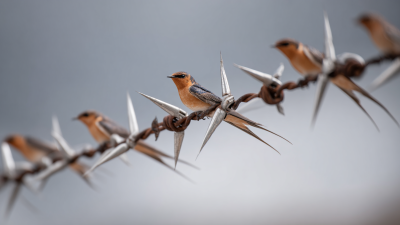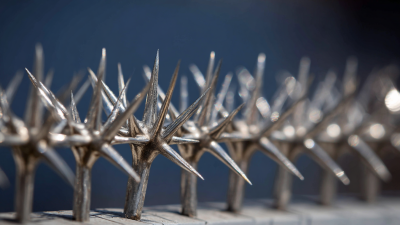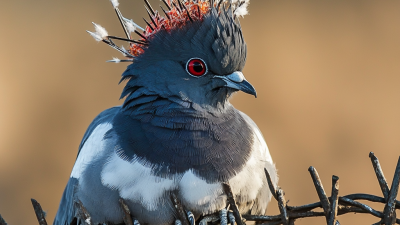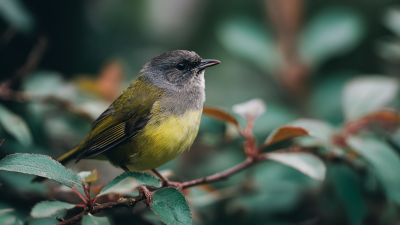
 Bird & Pigeon Pest Control
Bird & Pigeon Pest Control  Mice & Rat Pest Control
Mice & Rat Pest Control  Mole & Vole & Gopher Pest Control
Mole & Vole & Gopher Pest Control  Fly Insect Pest Control
Fly Insect Pest Control  Wasp & Bee Pest Control
Wasp & Bee Pest Control  Moth Pest Control
Moth Pest Control  Mosquito Pest Control
Mosquito Pest Control  Cockroach Pest Control
Cockroach Pest Control  Wildlife Pest Control
Wildlife Pest Control  Snake Pest Control
Snake Pest Control  Bed Bug & Flea Pest Control
Bed Bug & Flea Pest Control  Snail & Slug Pest Control
Snail & Slug Pest Control  Ant & Termites Pest Control
Ant & Termites Pest Control  Spider Pest Control
Spider Pest Control  Other Insect Pest Control
Other Insect Pest Control  Garden Products
Garden Products  Blog
Blog When it comes to protecting your property from pesky birds, one of the most effective solutions is the installation of Bird Repellent Spikes. These innovative devices serve as a physical and psychological barrier, preventing birds from roosting and nesting where they are not wanted. However, for Bird Repellent Spikes to be truly effective, proper installation is crucial. In this guide, we will walk you through the best practices for installing these spikes, ensuring that you achieve maximum results in deterring unwanted avian visitors. Whether you are dealing with pigeons, sparrows, or gulls, understanding the right techniques and considerations can make all the difference in maintaining a bird-free environment. Join us as we explore the key steps to effectively install Bird Repellent Spikes and reclaim your space from unwelcome birds.
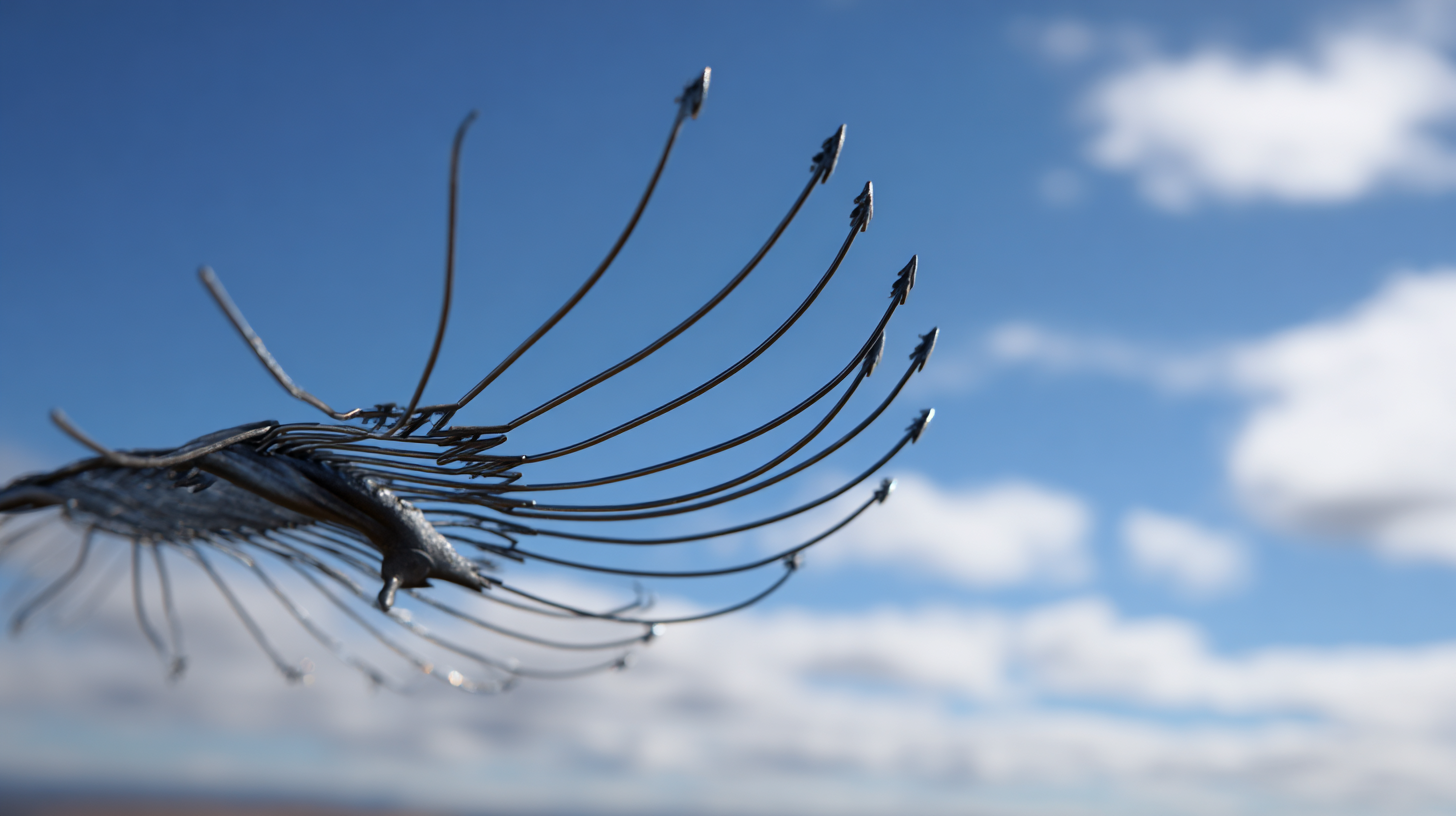
Bird repellent spikes are commonly used to deter birds from nesting in unwanted areas, but recent research has shed light on a surprising twist: some birds have adapted to use these spikes to their advantage.
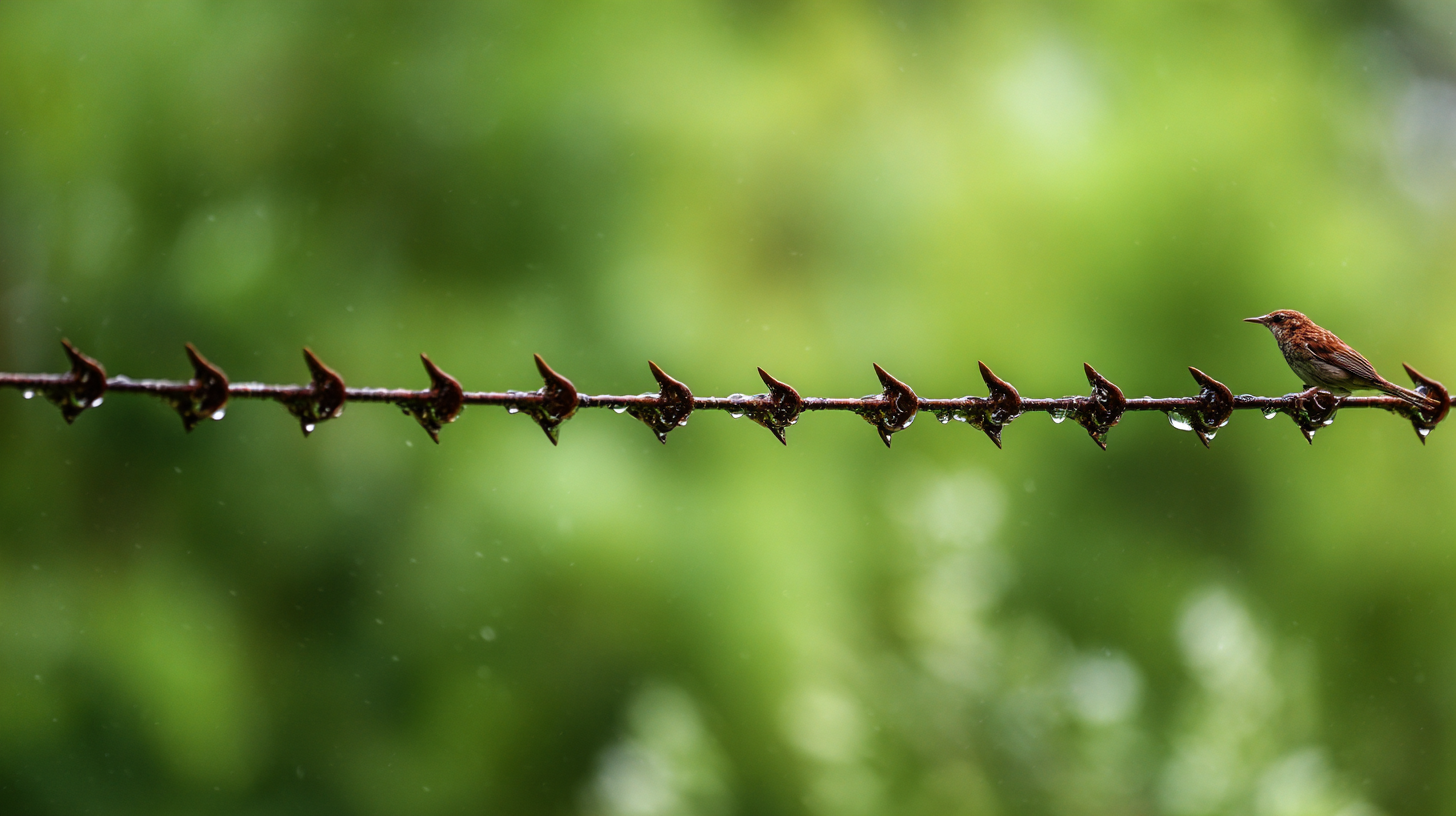 Particularly magpies and crows have been observed crafting nests with these deterrents, turning a human-made solution into a functional nesting material.
This unexpected behavior highlights the resilience and adaptability of these avian species.
Particularly magpies and crows have been observed crafting nests with these deterrents, turning a human-made solution into a functional nesting material.
This unexpected behavior highlights the resilience and adaptability of these avian species.
The benefits of bird repellent spikes extend beyond simply keeping birds away; they can also serve as an ecological tool for birds themselves. Dutch researchers found that these spikes can help birds keep pests at bay, much like humans utilize various strategies for pest control.
This emerging understanding of how birds interact with repellent spikes suggests that there is much more to consider in the ongoing challenge of human-wildlife coexistence, and it prompts us to rethink how we approach bird management in urban environments.
When it comes to bird repellent spikes, selecting the right type is crucial for successful implementation. There are several options available, including metal spikes, plastic spikes, and even electric variants. Metal spikes are more durable and can withstand diverse weather conditions, making them ideal for long-term use. Plastic spikes, while cost-effective, may not provide the same level of deterrence and durability. It's essential to assess the local bird population and understand their habits; this knowledge helps in choosing the right configuration and material to ensure maximum effectiveness.
When installing bird repellent spikes, placement is key. These spikes should be installed in areas where birds are commonly seen roosting or nesting, such as ledges, roofs, and overhangs. Proper spacing is also vital; spikes should be placed close enough to prevent birds from landing but without overcrowding. Community feedback can be beneficial, as sharing experiences and strategies can refine the approach to bird exclusion services. By paying careful attention to the type of spikes selected and their installation, you can significantly reduce human-bird conflicts and create a more harmonious environment.
Installing bird repellent spikes can be a highly effective method for deterring unwanted birds, particularly in urban and commercial settings. When approaching the installation process, it's essential to follow a step-by-step methodology to ensure maximum results. First, identify the most affected areas where birds frequently perch or roost. Optimal locations often include ledges, rooftops, and window sills. Once you have pinpointed these spots, clean the surfaces thoroughly to allow for proper adhesion of the spikes.
Then, it’s crucial to choose the right type and length of spikes. According to industry experts, the effectiveness of spikes can be impacted by their design and the species being deterred. For example, spikes with varying heights can deter different bird species, particularly invasive ones like rock pigeons, which have been a significant concern in many urban areas. Following the installation guidelines meticulously—ensuring that the spikes are spaced correctly and secured firmly—can significantly reduce the likelihood of birds returning. Implementing comprehensive bird control measures, which strongly correlate with pest management strategies, is essential for long-term success in controlling bird populations.
When it comes to installing bird repellent spikes effectively, the placement and maintenance of these devices are crucial for ensuring their long-lasting effectiveness. First, choose areas where birds are known to perch or nest, such as ledges, rooftops, and awnings. Clean these surfaces thoroughly before installation to remove any debris or birds’ droppings that might impede adhesion. Using a strong adhesive, apply the spikes firmly to the cleaned surfaces, ensuring they are evenly spaced to cover the area adequately. This strategic installation not only deters birds but also enhances the spikes' durability against weather elements.
Regular maintenance is essential for the sustained effectiveness of bird repellent spikes. Inspect the installation periodically to ensure that the spikes remain securely attached and are free from any obstructions, such as leaves or debris. Additionally, consider weather conditions; heavy rain or strong winds can dislodge the spikes over time. In such cases, it may be necessary to reapply adhesive or reinforce the spikes to maintain their deterrent effect. By keeping a close eye on these factors, you can maximize the longevity of your bird repellent spikes and effectively protect your property from unwanted avian guests.
Maintaining and inspecting installed bird repellent spikes is crucial for ensuring their effectiveness in deterring unwanted avian visitors. After installation, it is important to conduct regular inspections to check for any damage or displacement caused by weather conditions or bird activity. Ensure that the spikes remain securely in place, as any gaps or broken sections can render the installation ineffective. Cleaning the spikes from debris and bird droppings will also help maintain their efficacy.

Additionally, considering the experience of wildlife control initiatives, like the recent program at Juan Santamaría International Airport that effectively managed animal presence, a similar proactive approach can be beneficial. Adopting regular checks and repairs can lead to better outcomes in keeping birds at bay. Utilizing technology, such as implementing a bird recognition system, can also enhance your understanding of which birds are causing issues, allowing for targeted intervention and adjustments in your deterrent strategy. This blend of maintenance and innovation can lead to optimal results in bird repellent efforts.
